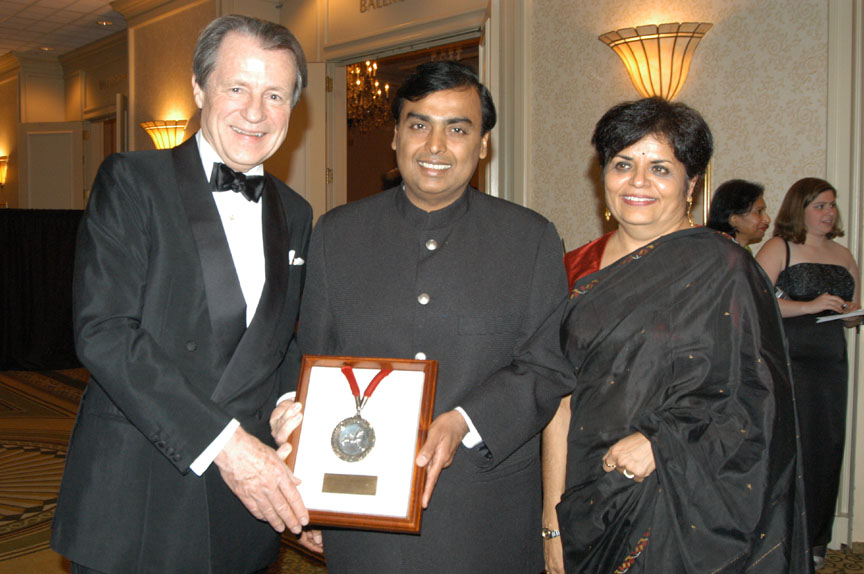by Zhiqi Wang
Taking risks is often frowned upon in many Asian cultures. Instead, many families would prefer their children to excel academically, get top marks, and follow a stable career progression that offers the hallmark of a good life. Entrepreneurship offers none of these – it is unsteady and unpredictable, with no clear route or path to success.
It can be argued that entrepreneurship in Asia is a completely different ball game as compared to the developed Western world, because failure is so much less accepted in Eastern culture. However, here are some successful stories we can learn from.
Mochtar Riady, Indonesia
Mochtar Riady (Chinese name: Li Wenzheng) is the founder of Lippo Group, which has an asset of over US$7 billion. Riady was a first generation Chinese immigrant to Indonesia, and his background and personality inspired him to start new projects and companies. Bit by bit, Riady built up his empire while contributing significantly to philanthropy on projects such as the NUS Mochtar Riady Business Building.
Even at 90 years of age, Riady is not stopping. He recently embarked on his latest project – creating a new city in Indonesia called Meikarta, located some 40km east of Jakarta. The total construction cost is estimated at 278 trillion rupiah ($19.7 billion), and once completed it will have a population of 1 million.
Lei Jun, China

Lei Jun is the entrepreneur behind Xiaomi, a technology company that manufactures smartphones, mobile apps, and other consumer electronics. Unbelievably, this company only started in 2010 and entered the competitive smartphone market with an affordable smartphone that captured the mass market.
Even though Xiaomi phones were not top notch phones in terms of performance, the company attracted a huge following in China and other developing countries due to its user friendliness. Lei Jun is another classic self made millionaire who created a series of successful enterprises, including Kingsoft (software), Shunwei Capital (investment), and an online bookstore called Joyo, which he sold for US$75 million to Amazon in 2004 before becoming a household name through Xiaomi. Xiaomi continues to breed innovations that are accessible to the majority of middle income earners.
Mukesh Dhirubhai Ambani, India

Mukesh Ambani is an Indian business magnate and the chairman of Reliance Industries Limited (RIL), a Fortune Global 500 company and India’s most valuable company by its market value. In fact, he is the richest man in Asia and the 13th richest person in the world as of March 2019.
Ambani came from an ordinary family and through hard work and intelligence, managed to capitalise on key opportunities along the development journey of India which propelled him to success. From young, his dad instilled in him the importance of learning beyond the classroom – from the environment around him. Fun fact: Ambani was enrolled in Stanford University but dropped out to pursue his business dreams.
Zhong Yong, Singapore/China

Dropping out of high school before even turning 19, no one expected Zhang Yong to become anything he is today. In fact, before that, he has NEVER been to restaurant – but now, he boasts a net worth of more than $3.9 billion and runs a restaurant chain with more than 300 locations around the world.
Zhang Yong is the co-founder of Hai Di Lao chain of Chinese hotpot restaurants, where customers are served a boiling hot broth that’s used to cook various meats, vegetables and noodles. Last year, the Beijing-based restaurant chain reported $1.6 billion in revenue with the company valued at $12 billion.
Hai Di Lao is unique because it is very serviced based. The outlets often featured free popcorns, drinks and even manicure during waiting times. His key advice to new entrepreneurs would be to value employees like family, and provide opportunities for employees to raise suggestions to improve the business. Managers of the outlets are also rewarded with a percentage of profit each store makes.
======
After reading the success stories, aren’t you inspired to create something you can call your own and make a change in this world?











